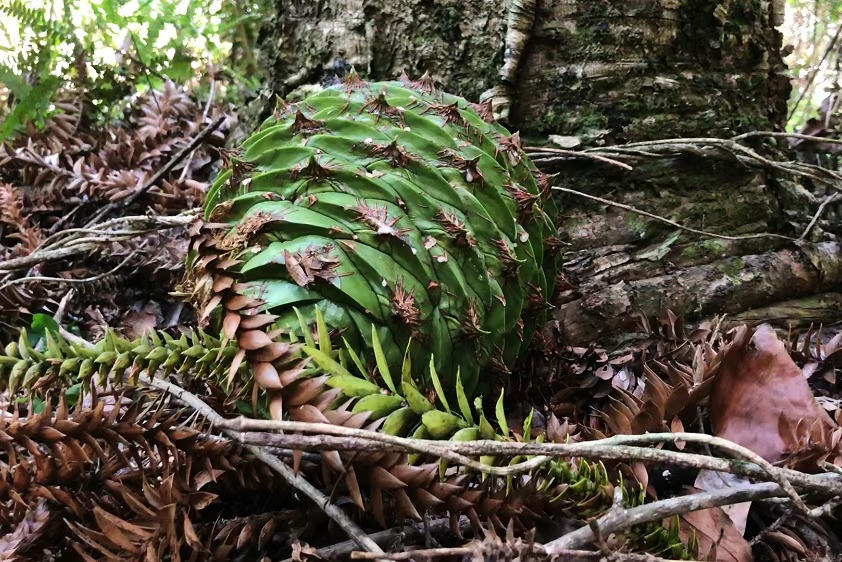“Walking Plants” – Insights into the links between Aboriginal culture and the ecology of the Australian landscape
Over the years, I have had a habit of gravitating towards stories of any research that explores the inextricable connection between Aboriginal culture and the ecological history of landscapes across the Australian continent.

Something along these lines that caught my attention recently, was a really interesting article published in The Conversation, about research that assembled and interrogated the evidence – both scientific and cultural – to demonstrate how First Nations groups’ moved bunya pine and black bean trees in the sub-tropics on the east coast of Australia, and also revealing places where they didn’t.
You can read the article here.
As I hope you will read the full story for yourself, I won’t go into all the detail, but I will mention a concept from the final paragraphs that I find fascinating to ponder further…
While my first thought is usually to think of “domestication” in a modern agricultural context – the process of bringing something in from the wild (and either taming it or cultivating it under controlled conditions) – here the authors mention something different in the context of the Aboriginal cultural use of plants. The deliberate movement of wild species of plants to establish in new places and help create what they refer to as a “domesticated landscape”, is something I had never quite thought of in this way before.
This gentle – but still very deliberate – act of domestication, works alongside natural ecological processes to craft favourable landscape characteristics for future generations to interact with and benefit from. Given the deliberate use of fire and other activities that are now widely recognised as having been essential for shaping ecosystems – as key ingredients in First Nations land management for so long prior to colonisation – of course none of this should really come as a surprise.
Isn’t it amazing to think that as a result of this interaction with species and landscapes, the distribution data and genetic profile of some of these species today has been significantly shaped within otherwise ‘natural’ ecosystems where these activities took place? If you are a genetic researcher looking at plants potentially used by First Nations people over the millennia, this is clearly critical in a wider social and historical context to be aware of in your work!
All of this makes me wonder what new, interesting stories about the Australian environment and its deep connection with Aboriginal culture, are yet to be told.
And to finish, here is a short ABC video from a few years ago, that talks about bringing people back together again for bunya gatherings. After a break of more than 100 years since the last of the recorded traditional gatherings in the 1890s in south-eastern Queensland, this modern gathering now takes place the same general area of the continent where the evidence now shows that these plants were deliberately moved and established in new parts of the landscape by their ancestors.
